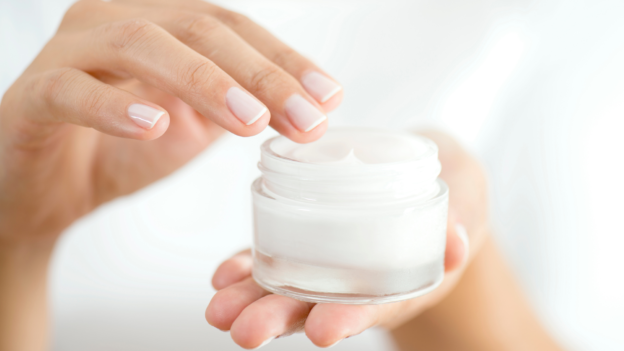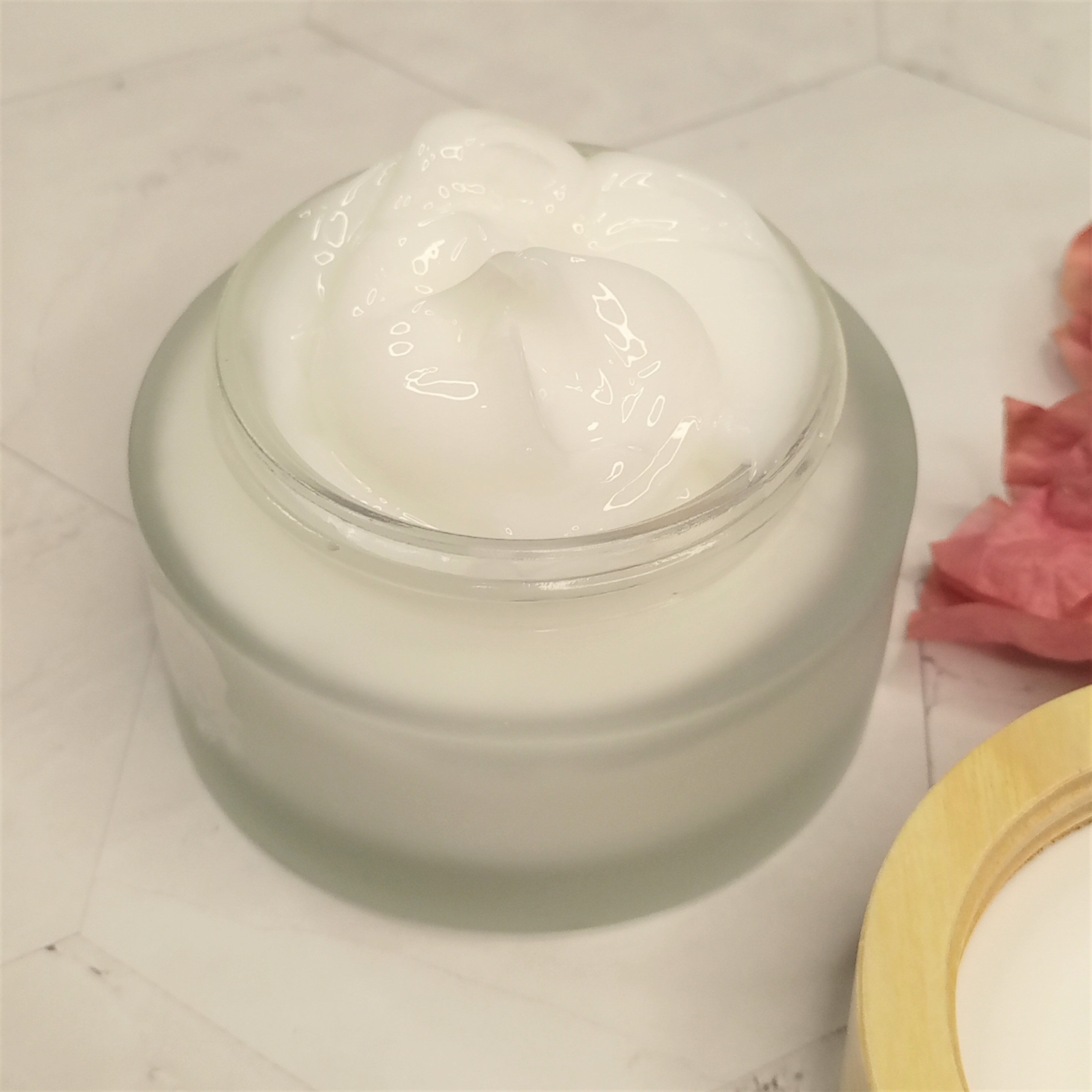
What are crème gels and why is it so easy to fall in love with them? Crème gels are water-based moisturizers without the undesirable heaviness that could come from a waxy emulsifier. They are light formulations that are fantastic options for oily skin, acne-prone skin, and Asian skin types.
Some of the attributes that get me all googly-eyed about crème gels are their first impressions.
- They feel super light on the skin.
- They give a cool and hydrating after-feel.
- They are absorbed very quickly.
- They have a luxurious, glossy texture.
- And very importantly, they give a moist dewy appearance to the skin which is just alluring! It doesn’t last all day but its sooo pleasant. This is because crème-gels are mostly water based. While you can get the same amount of water in a regular moisturizer, the after-feel is particularly different that it is noticeably different.
- Formulation wise, I enjoy cold-process formulations!
Should I include a crème-gel to my routine?
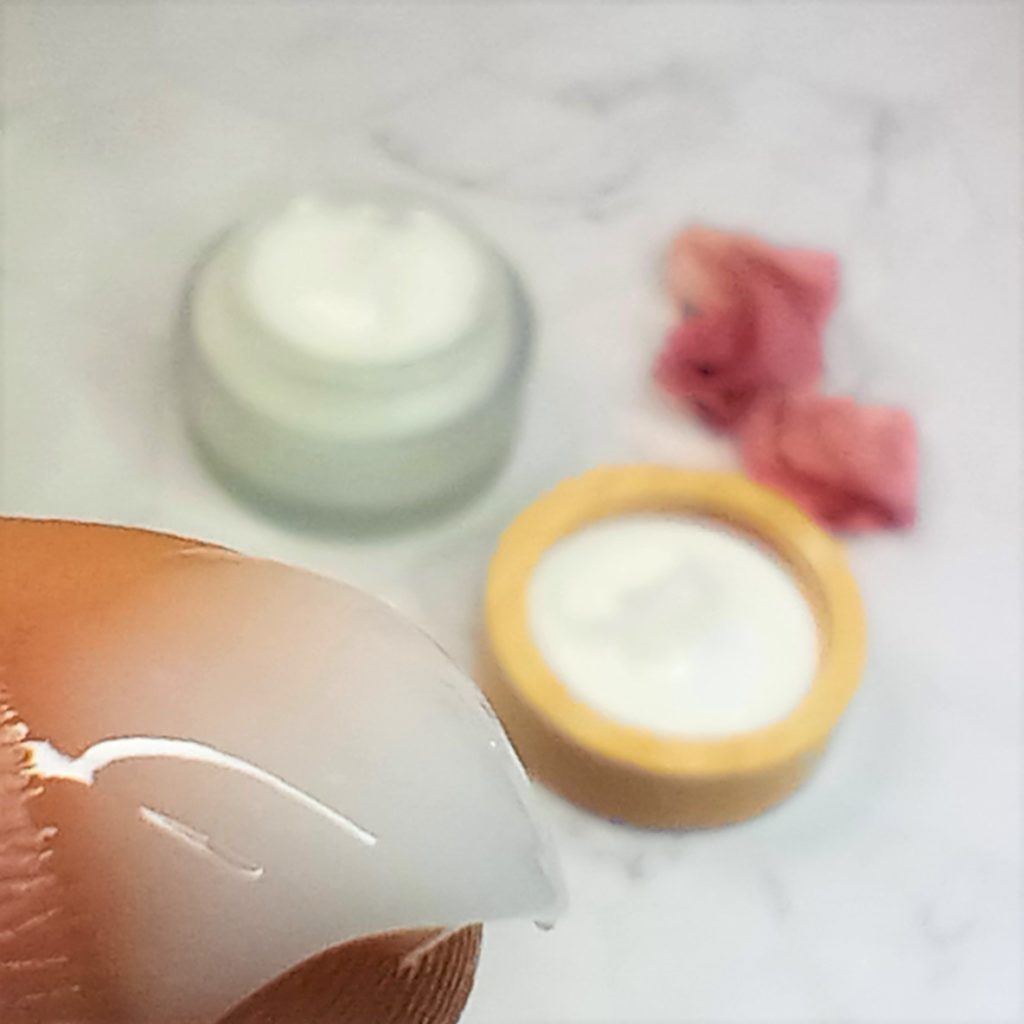
Yes, you could! It is compatible with all skin types. If you need more moisture though, you may have to go for something heavier. Crème gels are super light though, so they can be layered on. You could use it for some extra hydration throughout the day.
How to Formulate a Moisturizing Cream Gel
Crème gels are formulated with raw materials known as polymeric emulsifiers instead of your waxy emulsifier. Polymeric emulsifiers can emulsify oil and water and stabilize formulations. Depending on your formula, you generally do not need another gum/polymer. They can also be fantastic sensory modifiers – more on these in another article. I will be using Sepiplus 400 to formulate a crème-gel today. I plan on doing a micro-course on how to formulate crème gels – I’ll show you how to achieve the same texture properties, etc, with other materials if you don’t have a polymeric emulsifier on hand. Once that is ready, I will post the link here. If you would like to be alerted when the micro-course is ready, click on this link.
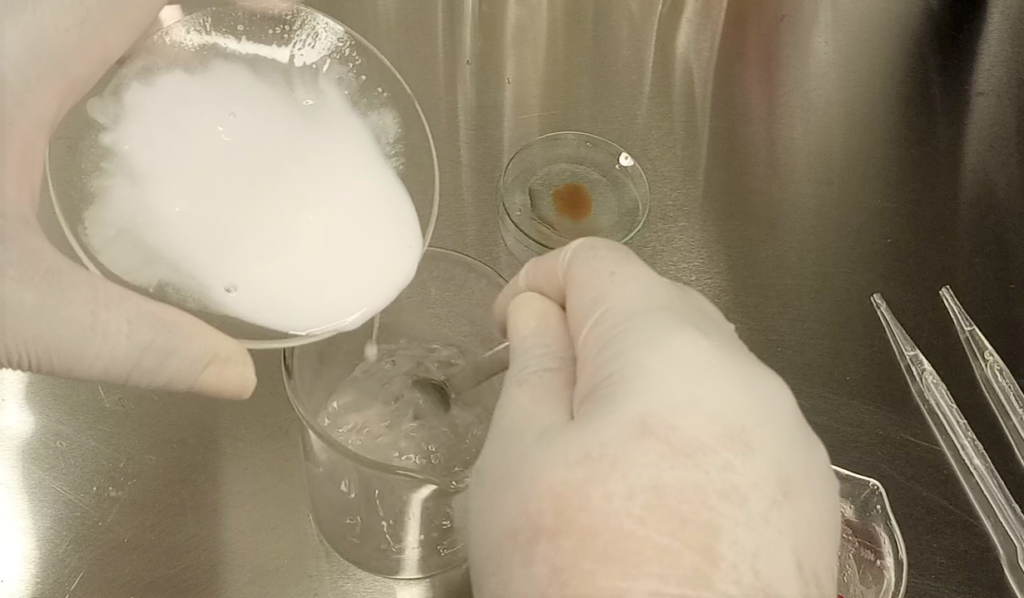
I am using a simple formula for this formulation. I added Cyclopentasiloxane to enjoy more of that light-cooling sensation. Sepiplus 400 can be used in crème gels, oil-free formulations, in hot and cold-process emulsions. It is used between 0.2 – 3%. Make sure you shake your bottle before use – mine sat on the shelf for a while and I noticed a separation – a clear liquid on top and a dense whitish liquid below. This separation did not appear to affect the product’s efficacy.
I made a moisturizer with Niacinamide and Ascorbyl Glucoside. Seppiplus 400 gels quickly with the addition of water. Don’t worry about any initial lumps – the mixture becomes homogenous easily as you stir. Definitely use a whisk if you don’t have an overhead mixer. I used a spatula because I made this as a video for our students and I need them to see what I am doing. If you want this formula, you can download it here.
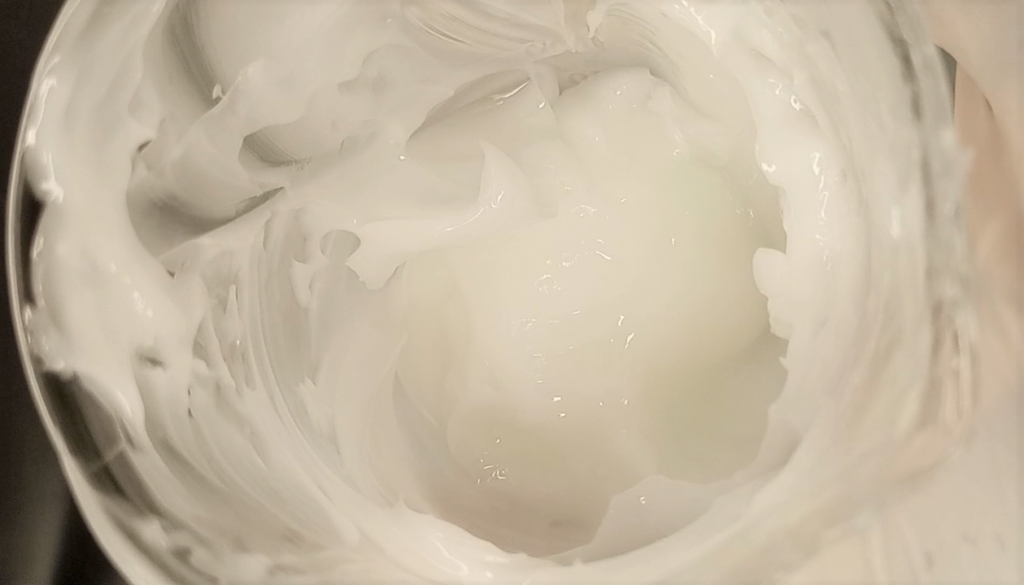
Which polymeric emulsifier do you enjoy working with? Comment in the section below.

